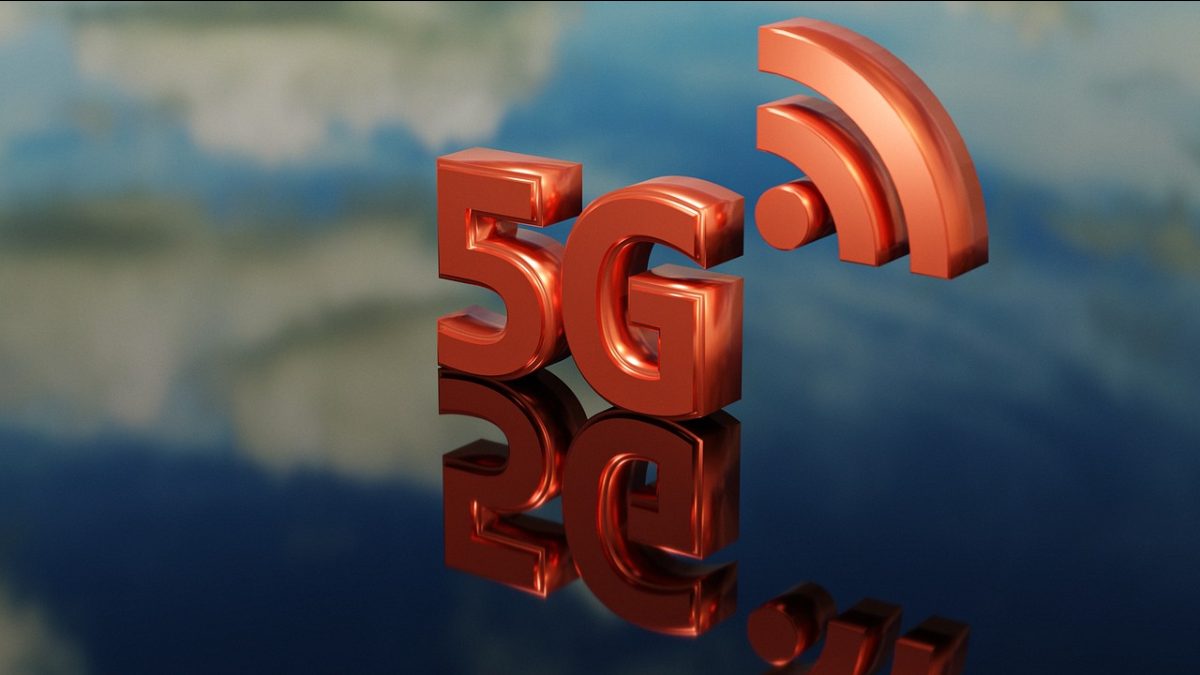Table of Contents
Introduction
The advent of 5G technology marks a important leap forward in mobile connectivity. With 5G, you’ll experience such high-speed connectivity that even to play solitaire on your phone will feel faster and smoother. The wireless technology of this new generation promises to transform how we interact with our devices, offering unprecedented speed, reduced latency, and the ability to connect more devices simultaneously. In this blog post, we’ll delve into how 5G is revolutionizing mobile connectivity and what it means for consumers and businesses alike.
What is 5G Technology?
The 5th generation of mobile network technology is 5G, following the previous generations: 1G, 2G, 3G, and 4G. Each generation brought significant advancements:
- 1G: Analog voice calls.
- 2G: Digital voice and SMS.
- 3G: Mobile internet access.
- 4G: High-speed internet and video streaming.
Key Features of 5G
- High Speed: Up to 100 times faster than 4G, enabling rapid downloads and high-definition streaming.
- Low Latency: Reduced lag time, critical for real-time applications like gaming and video conferencing.
- Massive Connectivity: Supports a vast number of devices, crucial for the Internet of Things (IoT).
How 5G Technology Works
5G operates on three spectrum bands: low, mid, and high-frequency bands.
- Low-Band Spectrum: Offers broad coverage but at slower speeds.
- Mid-Band Spectrum: Balances coverage and speed, suitable for urban and suburban areas.
- High-Band Spectrum (mmWave): Provides ultra-fast speeds over shorter distances, ideal for densely populated areas.
Advanced Technologies in 5G
- Millimeter Waves: Higher frequency waves that provide faster data transfer rates.
- Small Cells: Miniature base stations that ensure consistent coverage, especially in urban areas.
- Massive MIMO: Multiple Input Multiple Output antennas that enhance capacity and reliability.
- Beamforming: Directs signals to specific users, improving efficiency and reducing interference.
Benefits of 5G Technology
For Consumers
- Enhanced Mobile Experience: Faster downloads, seamless streaming, and improved online gaming.
- Smart Homes and Cities: Better connectivity for smart devices, enhancing automation and efficiency.
- Augmented and Virtual Reality: More immersive experiences with minimal lag.
For Businesses
- Increased Productivity: Faster data transfer and real-time collaboration tools.
- Remote Work: Reliable video conferencing and remote access to applications.
- Innovation in Industries: Enhanced capabilities in sectors like healthcare, manufacturing, and transportation.
Real-World Applications of 5G
Healthcare
- Telemedicine: Real-time consultations and remote surgeries with minimal latency.
- Wearable Devices: Continuous monitoring of health conditions with instant data transmission.
Automotive
- Autonomous Vehicles: Faster communication between vehicles and infrastructure, improving safety and efficiency.
- Traffic Management: Real-time traffic data to optimize routes and reduce congestion.
Entertainment and Media
- Live Streaming: High-definition streaming with no buffering.
- Gaming: Cloud gaming services with low latency, offering a console-like experience on mobile devices.
Industrial IoT
- Smart Factories: Automation and real-time monitoring of production processes.
- Supply Chain Management: Enhanced tracking and logistics management.
Challenges and Concerns with 5G
Infrastructure
- Deployment Costs: High costs associated with installing new infrastructure and upgrading existing systems.
- Coverage: Ensuring consistent coverage, especially in rural and remote areas.
Security
- Cybersecurity Threats: Increased connectivity may lead to higher vulnerability to cyberattacks.
- Data Privacy: Protecting personal data in an increasingly connected world.
Health Concerns
- Radiation Exposure: Ongoing debates about the potential health risks associated with increased exposure to radiofrequency radiation.
The Future of 5G Technology
5G is not just an incremental improvement over 4G but a transformative technology that will pave the way for innovations we can only begin to imagine. As 5G networks expand globally, we can expect a surge in new applications and services that will redefine our digital experiences.
Key Developments to Watch
- 6G Research: Early-stage research into the next generation of wireless technology, promising even greater advancements.
- Edge Computing: Bringing computation and data storage closer to the data source, reducing latency and improving performance.
- Artificial Intelligence Integration: Enhanced AI capabilities leveraging the speed and connectivity of 5G for smarter applications.
Conclusion
The revolution brought by 5G technology is set to change the landscape of mobile connectivity and beyond. From faster mobile experiences to innovative applications across various industries, the potential of 5G is vast.
As we embrace this new era, it is essential to navigate the challenges and leverage the opportunities to create a connected world that benefits everyone. With 5G, the future of connectivity is here, and it’s faster and more powerful than ever before.

